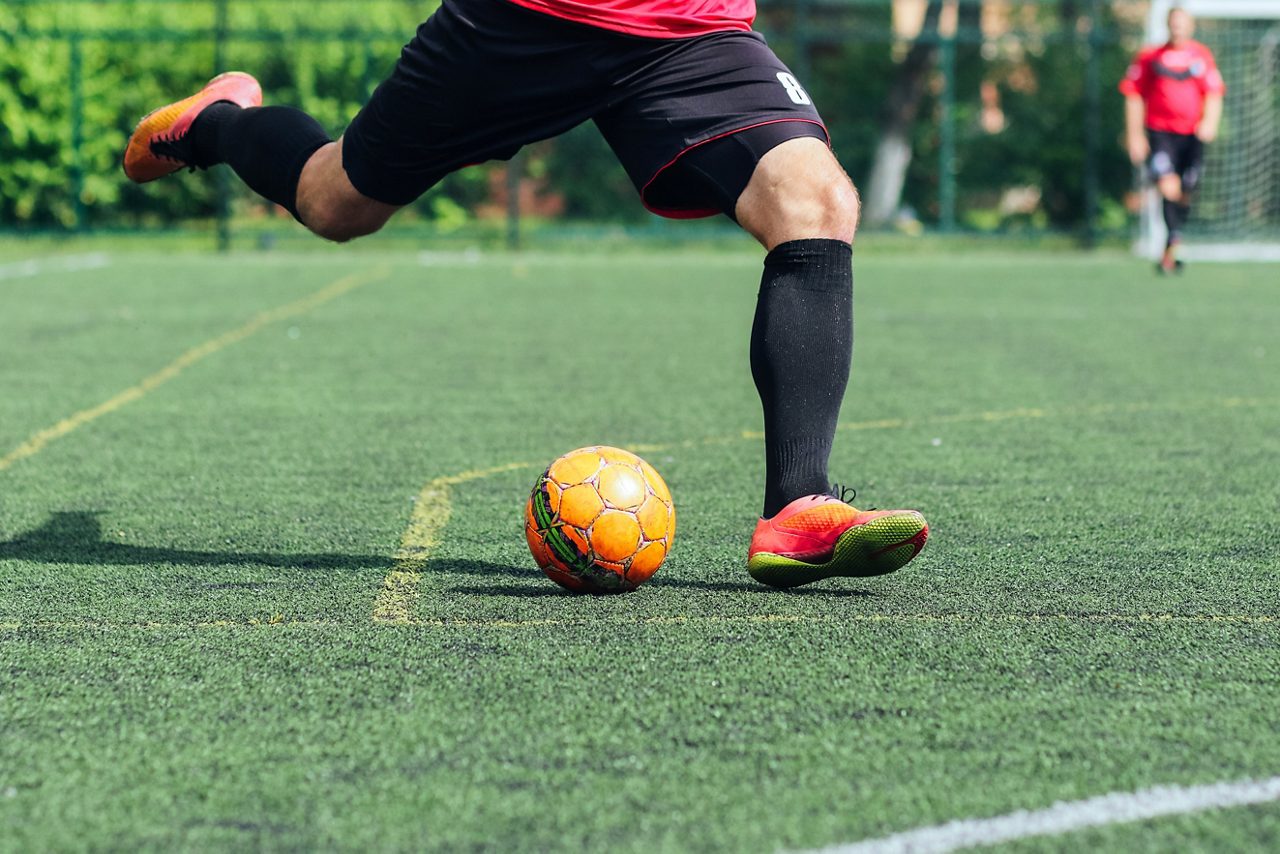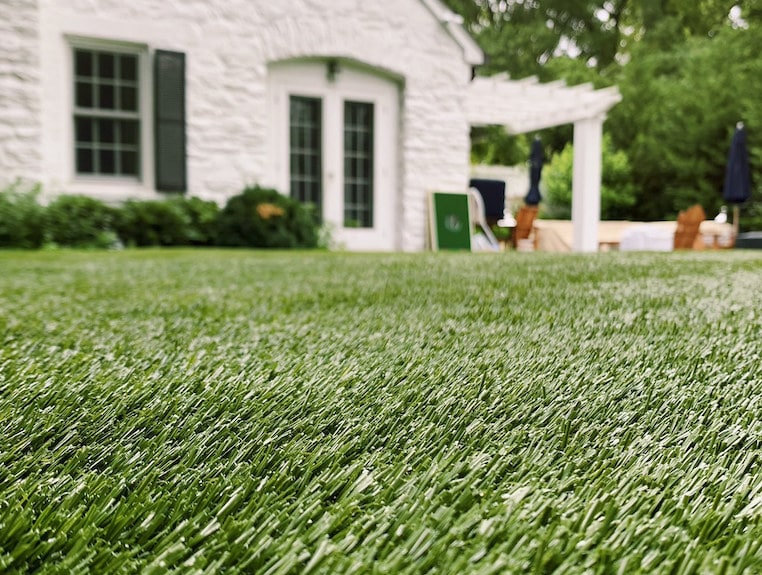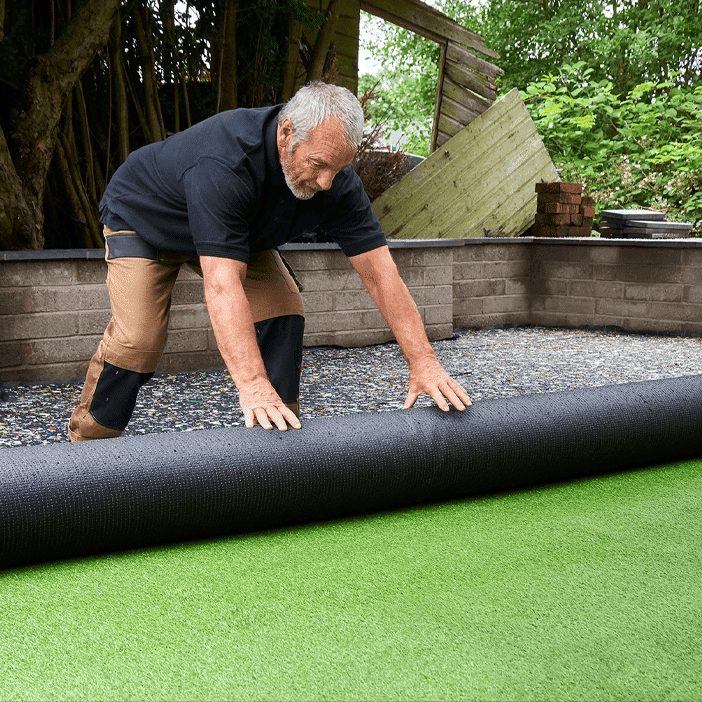Look Into the Environmental Benefits of Opting for Artificial Turf Solutions
The adoption of fabricated turf solutions offers an engaging chance to resolve pushing environmental challenges. By substantially lowering water use and lessening the application of hazardous chemicals, these options not only promote sustainable landscape design however additionally secure regional communities. In addition, the lower carbon impact related to decreased upkeep tasks adds to an extra sustainable approach to land monitoring. The effects of these advantages expand past plain preservation initiatives, increasing questions concerning their lasting impact on environment conservation and general ecological equilibrium. Exploring these dimensions reveals a complex interplay worth taking into consideration.
Water Preservation Benefits
Among one of the most considerable benefits of synthetic grass is its capacity to preserve water. Traditional lawn yards call for significant watering, especially in areas vulnerable to drought or water restrictions. On the other hand, synthetic grass does not require watering, dramatically reducing the total demand for water sources. This function is particularly beneficial in dry regions where water scarcity is a pushing issue.
By eliminating the demand for regular watering, synthetic lawn adds to lasting landscape methods and aids minimize the environmental impact of extreme water consumption. Furthermore, the preservation of water encompasses the decrease of runoff, which can lead to soil erosion and waterway pollution.
Additionally, the setup of synthetic grass enables property owners and communities to assign water sources more successfully, concentrating on important usages such as drinking water and farming. The change in the direction of synthetic lawn not only promotes accountable water use but additionally lines up with more comprehensive ecological objectives focused on protecting natural sources.
As areas progressively focus on sustainability, the water conservation benefits of fabricated grass provide a compelling case for its adoption in commercial and household landscaping jobs.
Minimized Chemical Usage
The change to synthetic grass significantly lowers the dependence on chemical treatments commonly used in natural turf maintenance. Standard lawn management usually entails the application of pesticides, herbicides, and plant foods to advertise growth and control insects. These chemicals can position dangers to human health, regional wildlife, and the atmosphere, adding to soil and water contamination.
In comparison, synthetic lawn removes the requirement for these harmful substances. Once set up, it needs minimal upkeep, primarily being composed of normal cleaning and irregular infill replenishment. This decrease in chemical use not only benefits the prompt setting but also adds to wider eco-friendly security. By reducing the release of artificial compounds right into the ecological community, synthetic grass promotes much healthier soil and water systems.
Additionally, the absence of chemical overflow associated with synthetic grass installations aids safeguard local rivers from pollution, sustaining marine life and maintaining biodiversity. Phoenix turf companies. As communities increasingly prioritize sustainable techniques, choosing synthetic grass presents a viable solution that lines up with environmental conservation goals. With this shift, residential property owners can take pleasure in lush green areas without compromising environmental wellness, leading the way for a more lasting future
Reduced Carbon Impact

Furthermore, the installment of fabricated grass can lead to substantial water preservation. All-natural lawns call for substantial amounts of water for watering, which not only includes to the carbon impact associated with water removal and treatment however also stress regional water sources. In contrast, man-made lawn requires minimal maintenance, calling for no watering, thereby significantly reducing water usage and its associated power expenses.
In addition, the longevity of fabricated grass adds to its lower carbon effect. With a life-span of approximately 15 years or even more, the need for constant substitutes is reduced, causing much less waste and lower energy intake in production and taking care of traditional yard options. On the whole, synthetic grass provides a sustainable choice for environmentally aware landscape design.
Habitat Conservation
Habitat conservation is an important consideration in the discussion over landscaping selections, specifically when comparing synthetic grass to natural grass. All-natural turf yards usually call for extensive maintenance, including using pesticides, herbicides, and fertilizers, which can detrimentally affect regional communities. These chemicals can leach right into the dirt and rivers, hurting indigenous vegetation and fauna and interfering with local environments.
Synthetic turf eliminates the need for unsafe chemicals, thereby protecting nearby wild Check Out Your URL animals and maintaining the stability of surrounding ecosystems. The setup of artificial grass can lead to the conversion of previous turf areas into more biodiverse landscapes, such as pollinator gardens or indigenous plant locations, which can support regional wild animals.
Inevitably, the change to man-made lawn not only conserves water and minimizes maintenance efforts however also cultivates a much more unified partnership in between human activities and the natural surroundings, advertising habitat conservation in the procedure.
Long-Term Sustainability
Lasting sustainability is an essential factor in reviewing the advantages of synthetic grass over conventional yard yards. published here Among the most significant benefits of synthetic grass is its durability; it can last up to 15-20 years with minimal upkeep, whereas all-natural lawn requires constant reseeding and substitute. This long life reduces the need for continuous resources, such as water, plant foods, and chemicals, which are essential for keeping a healthy turf yard.
Additionally, synthetic grass adds to a decrease in carbon exhausts connected with grass care equipment. Standard grass frequently require gas-powered mowers, leaners, and blowers, all of which contribute to air pollution. Arizona turf. In comparison, synthetic grass eliminates the need for such equipment, promoting a cleaner environment
Moreover, the production of artificial turf significantly makes use of recycled materials, enhancing its sustainability account. As suppliers embrace environment-friendly techniques, the ecological footprint of synthetic grass remains to diminish.

Final Thought
The adoption of artificial turf solutions provides considerable environmental benefits, including considerable water conservation, reduced reliance on harmful chemicals, and a lower carbon footprint. Furthermore, synthetic grass help in preserving all-natural habitats by reducing land disruption and promoting lasting sustainability via making use of long lasting materials. Collectively, these variables emphasize the capacity of man-made lawn to add favorably to environmental health and wellness and supply a feasible choice to conventional landscape design techniques in a progressively resource-conscious globe.
In comparison, synthetic grass does not require watering, considerably decreasing the general demand for water sources. By minimizing the release of synthetic compounds into the environment, artificial grass advertises healthier soil and water systems.
Furthermore, the installment of fabricated grass can result in significant water conservation. In comparison, synthetic lawn needs marginal maintenance, requiring no watering, thereby substantially lowering water usage and its linked power redirected here costs.
